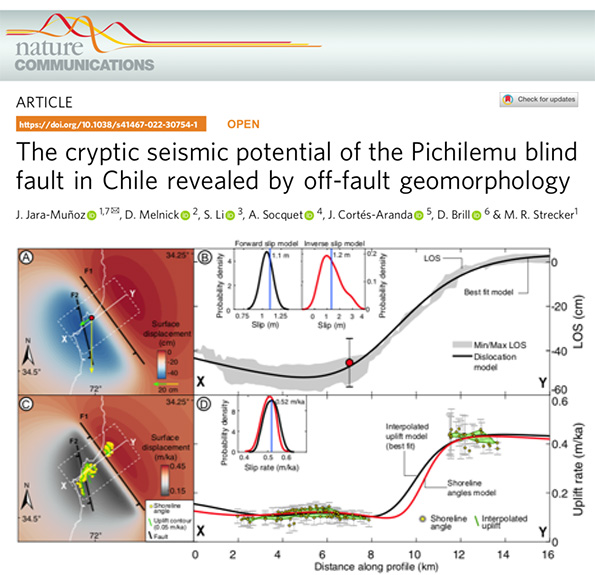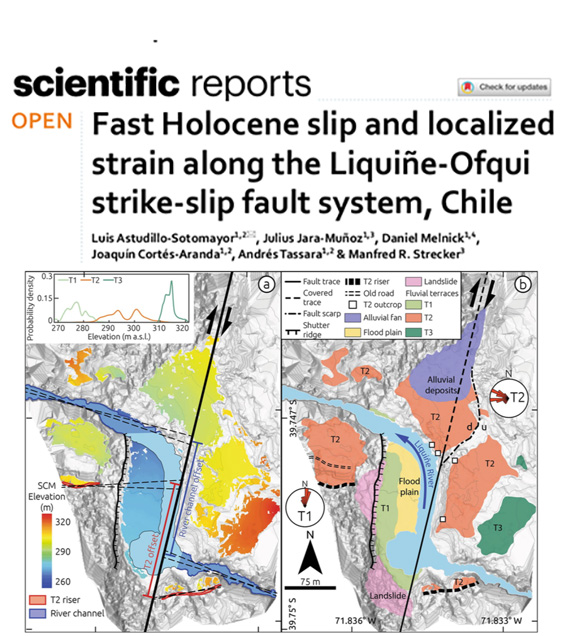TerraceM 3
Friday 12 April 2024 kl. 07:57
The new version of TerraceM will include machine learning tools for fully automated marine terrace mapping
The version 3 will be released the 1 of June 2024
You can find more information here

A Matlab® interface for mapping and modeling marine and lacustrine terraces
Friday 12 April 2024 kl. 07:57
The new version of TerraceM will include machine learning tools for fully automated marine terrace mapping
The version 3 will be released the 1 of June 2024
You can find more information here

Friday 19 August 2022 kl. 19:24
Since decades, cryptic faults have concerned earthquake scientists because of their unexpected presence. Unlike typical faults, cryptic faults pose a hidden seismic potential that is hard to identify before they produce an earthquake. The recent rupture of previously unknown faults such as the 2019 Ridgecrest in California, 2016 Papatea fault in New Zealand and several others highlight the high potential of cryptic fault to produce damaging earthquakes as well as a current gap in our understanding of cryptic faults. Here we developed a novel approach to detect these hidden faults and estimate their seismic potential by studying off-fault deformed geomorphic markers such as marine terraces using TerraceM and 1-metre resolution LiDAR topography, optical dating of sediments and space geodetic observations. We further used the TerraceM dislocation model to estimate the fault slip rate and their seismic potential.

The approach proposed in this study opens new opportunities for the development of more accurate active-fault maps and hazard assessments, with far-reaching implications for seismic risk management in coastal areas.
Friday 19 August 2022 kl. 19:13
In active tectonic settings dominated by strike‐slip fault systems, slip partitioning along subparallel faults is a common feature; therefore, elucidating the degree of partitioning and strain localization is paramount for seismic hazard assessments. Here we used the surface classification model (SCM) of TerraceM to map the surface morphology of fluvial terraces. Then by measuring the offset between the maped fluvial terraces we estimated a slip rate of 18.8 ± 2.0 mm/year over the past 9.0 ± 0.1 ka for a single strand of the Liquiñe‐Ofqui Fault System. The fast millennial slip rate in the absence of historical Mw > 6.5 earthquakes along the Liquiñe‐Ofqui Fault System implies either a component of aseismic slip or Mw ~ 7 earthquakes involving multi‐trace ruptures and > 150‐year repeat times.

Theme Education Time by OS Templates. Adapted to PivotX by Sall Data.